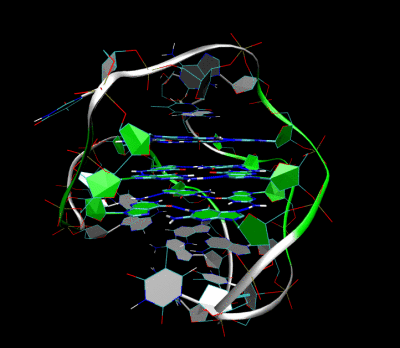Edward Hessler
 |
| By Cybulski J, Clements J, Prakash M [CC BY 4.0 (http://creativecommons.org/licenses/by/4.0)], via Wikimedia Commons |
In a previous post about Leeuwenhoek's microscopes I mentioned a replica based on Leeuwenhoek's microscope which was part of the ess science kit, Small Things.
The Foldscope Microscope
 |
| By Cybulski J, Clements J, Prakash M [CC BY 4.0 (http://creativecommons.org/licenses/by/4.0)], via Wikimedia Commons |
Manu Prakash, a biophysicist in Stanford University's bioengineering department is the inventor of another small microscope. It is known as the Foldscope. Prakash is the subject of an Annals of Science essay by Carolyn Kormann in The New Yorker. Prakash made his first microscope when he was a kid in Mawana, India.
Prakash's microscope consists of a plastic lens and a sheet of paper which can be folded "with a series of origami-style folds," according to Kormann who constructed one from a kit. It can even be attached to a smartphone allowing what is observed to be recorded. It is cheap, even when amped up for more technical applications.
It is an "everyman's" microscope, one to be used by young learners as well as by adults to study the natural world. Prakash makes me think he'd have kids carrying these around the way some of use to carry hand lenses in our pockets to look at what Prakash calls the "microcosmos."
Microscopes make abundance of life abundantly clear
 |
| Iridos at the English language Wikipedia [GFDL (http://www.gnu.org/copyleft/fdl.html) or CC-BY-SA-3.0 (http://creativecommons.org/licenses/by-sa/3.0/)], via Wikimedia Commons |
Her studies focus on Tetrahymena, a ciliated protozoan which Leeuwenhoek likely noticed, too. It is a remarkable sturdy organism.

 CGEE Student Voice
CGEE Student Voice
No comments:
Post a Comment